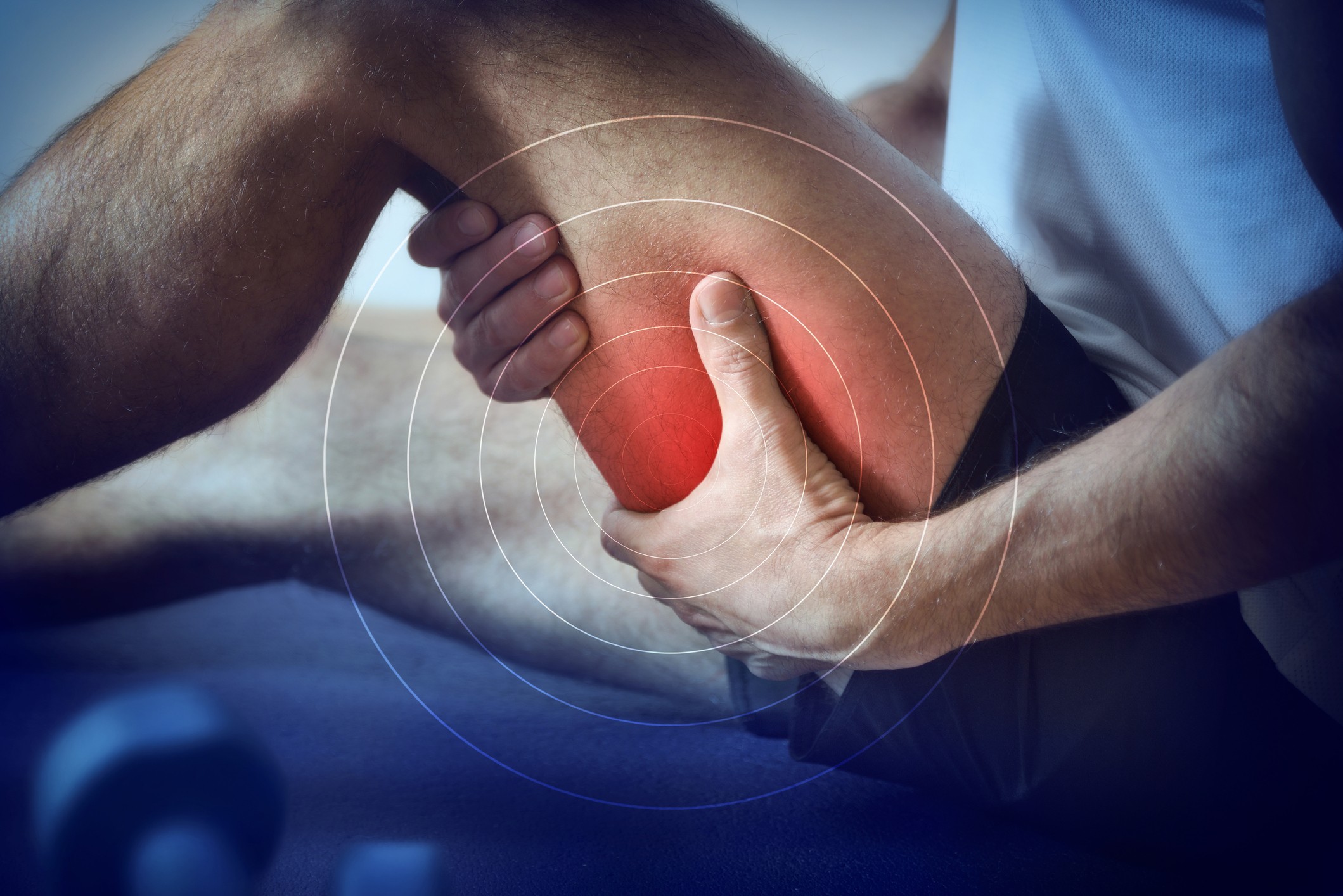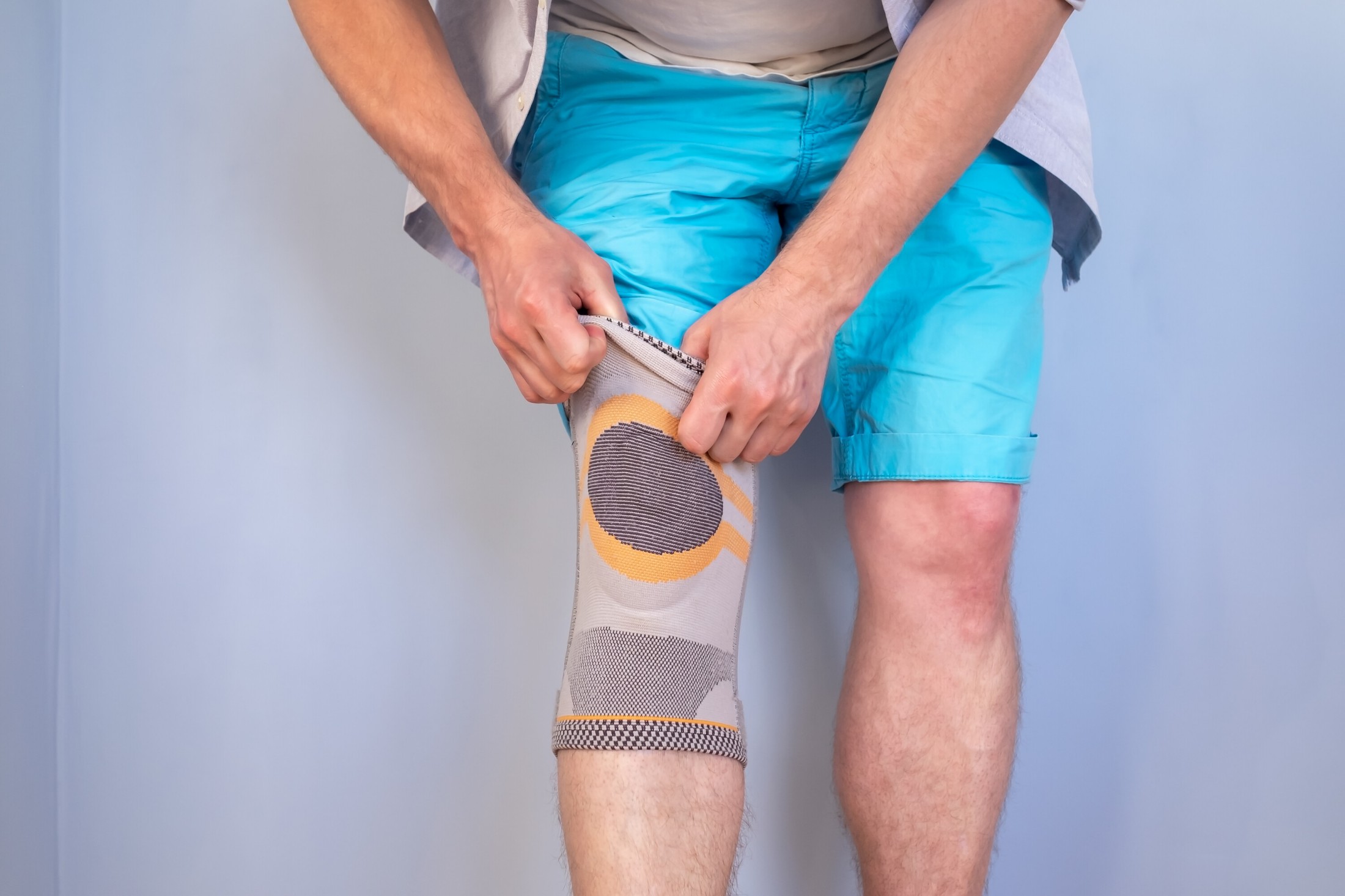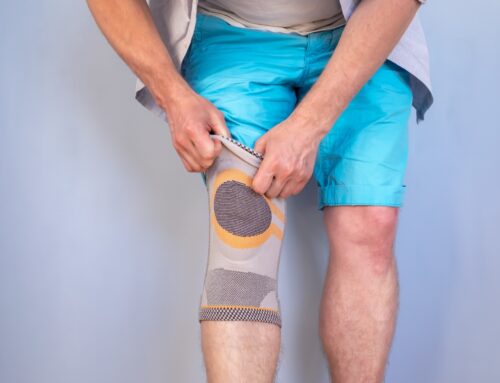Peripheral Arterial Disease (PAD) is a common circulatory problem that affects millions of individuals worldwide. It occurs when the arteries that supply blood to the legs and feet become narrowed or blocked due to the buildup of fatty deposits, known as plaque. This condition can lead to reduced blood flow, causing pain, discomfort, and even more severe complications if left untreated.
Effective management strategies for PAD are crucial to prevent the progression of the disease and improve the quality of life for those affected. By addressing the underlying causes and symptoms of PAD, patients can reduce their risk of developing serious complications, such as heart attacks, strokes, and limb amputation.
Understanding Peripheral Arterial Disease
Peripheral Arterial Disease (PAD) is a medical condition characterized by the narrowing or blockage of arteries that supply blood to the legs and feet. This reduction in blood flow is primarily caused by atherosclerosis, a process in which fatty deposits accumulate on the artery walls, leading to the formation of plaque. PAD is a prevalent condition, affecting millions of people worldwide, with its incidence increasing with age.
Key risk factors for developing PAD include:
- Smoking: Tobacco use is one of the most significant risk factors for PAD, as it contributes to the buildup of plaque in the arteries.
- Diabetes: High blood sugar levels can damage blood vessels and increase the risk of atherosclerosis.
- High Blood Pressure: Elevated blood pressure can cause damage to the arteries, making them more susceptible to plaque buildup.
- High Cholesterol: High levels of LDL (bad) cholesterol in the blood can contribute to the formation of plaque in the arteries.
- Age: The risk of PAD increases with age, particularly after the age of 60.
- Family History: A family history of PAD, heart disease, or stroke can increase an individual’s risk.
Symptoms of PAD can vary, with some individuals experiencing no symptoms at all. When symptoms do occur, they may include:
- Claudication: Pain or cramping in the legs or hips during physical activity, such as walking, which typically subsides with rest.
- Numbness or Weakness: A feeling of numbness or weakness in the legs.
- Coldness: A noticeable temperature difference between the affected leg and the other leg.
- Sores or Ulcers: The development of non-healing sores or ulcers on the feet or legs, which can be a sign of severe PAD.
- Change in Skin Colour: A change in the colour of the skin on the legs, often becoming pale or bluish.
Early detection and management of PAD are essential to prevent the progression of the disease and reduce the risk of complications.
Conventional Treatments for PAD
The treatment of Peripheral Arterial Disease (PAD) typically involves a combination of medications, lifestyle changes, and, in more advanced cases, surgical interventions. The primary goals of treatment are to alleviate symptoms, improve quality of life, and prevent the progression of the disease.
Medications and Lifestyle Changes
- Medications: Patients with PAD are often prescribed medications to manage the risk factors associated with the disease. These may include:
- Antiplatelet agents (such as aspirin or clopidogrel) to prevent blood clots and reduce the risk of heart attacks and strokes.
- Statins to lower cholesterol levels and reduce the buildup of plaque in the arteries.
- Antihypertensive drugs to control high blood pressure.
- Lifestyle Changes: Adopting a healthier lifestyle is a crucial aspect of managing PAD. Recommendations include:
- Quitting smoking to improve circulation and reduce the risk of further artery damage.
- Engaging in regular physical activity, such as walking, to improve leg pain and overall cardiovascular health.
- Following a heart-healthy diet rich in fruits, vegetables, and whole grains to lower cholesterol and blood pressure.
- Maintaining a healthy weight to reduce the strain on the cardiovascular system.
Surgical Interventions and Their Limitations
In more severe cases of PAD, where lifestyle changes and medications are not sufficient to alleviate symptoms or prevent disease progression, surgical interventions may be considered. These include:
- Angioplasty: A minimally invasive procedure where a small balloon is inserted into the narrowed artery and inflated to widen the artery and improve blood flow.
- Stent Placement: Often performed in conjunction with angioplasty, a stent (a small metal mesh tube) is placed in the artery to keep it open.
- Bypass Surgery: A more invasive procedure where a graft is used to bypass the blocked section of the artery, allowing blood to flow around the obstruction.
While these surgical interventions can be effective in restoring blood flow and alleviating symptoms, they come with certain limitations and risks:
- Invasiveness: Bypass surgery, in particular, is a major operation that requires a longer recovery time and carries a higher risk of complications.
- Recurrence: There is a risk that the treated artery may become narrowed or blocked again over time, potentially necessitating additional procedures.
- Not Suitable for All Patients: Some patients with PAD may have other health conditions that make surgical interventions too risky.
Given these limitations, there is a growing interest in exploring alternative, non-invasive treatment options for PAD, such as Pneumatic Compression Therapy.
Pneumatic Compression Therapy and PAD Management
Pneumatic Compression Therapy (PCT) is a non-invasive treatment that utilizes air-filled cuffs or sleeves to apply gentle, rhythmic pressure to the limbs. This therapy is designed to mimic the natural pumping action of the muscles, promoting increased blood flow and lymphatic drainage.
PCT is commonly used for various conditions, including lymphedema, venous insufficiency, and deep vein thrombosis. In recent years, its application has expanded to include the management of Peripheral Arterial Disease (PAD).
How PCT Works and Its Benefits for PAD Patients
PCT works by applying sequential compression to the legs through inflatable cuffs that are wrapped around the limbs. The cuffs inflate and deflate in a pattern that simulates walking or muscle contractions, which helps to push blood back towards the heart and improve circulation. The key mechanisms and benefits of PCT for PAD patients include:
- Enhanced Blood Flow: By increasing the velocity and volume of blood flow in the peripheral arteries, PCT helps to deliver more oxygen and nutrients to the tissues, alleviating symptoms such as leg pain and cramps.
- Reduced Limb Swelling: PCT aids in reducing edema (swelling) in the legs by promoting lymphatic drainage and the removal of excess fluids.
- Improved Wound Healing: For PAD patients with ulcers or sores, the improved circulation from PCT can accelerate the healing process and reduce the risk of infection.
- Pain Relief: The gentle massaging action of the pneumatic cuffs can provide relief from the discomfort associated with PAD.
- Non-Invasive Alternative: PCT offers a safe and non-invasive option for patients who may not be suitable candidates for surgical interventions or those seeking additional treatment options.
Incorporating PCT into the treatment plan for PAD patients can complement traditional therapies and provide a holistic approach to managing the condition. By improving circulation and reducing symptoms, Pneumatic Compression Therapy can enhance the quality of life for individuals living with Peripheral Arterial Disease.
Clinical Evidence Supporting Pneumatic Compression Therapy
The efficacy of Pneumatic Compression Therapy (PCT) in the management of Peripheral Arterial Disease (PAD) has been supported by various clinical studies. One notable study published in the Journal of Vascular Surgery in 2011 examined the use of a Sequential Compression Biomechanical Device (SCBD) in patients with critical limb ischemia (CLI), a severe form of PAD (Source). The findings indicated that SCBD therapy was a cost-effective and clinically efficacious solution for CLI patients with no option for revascularization. The therapy provided adequate limb salvage, improved amputation-free survival, and offered relief of rest pain without the need for invasive interventions.
Further research has shown that PCT can enhance arterial blood flow, reduce symptoms of claudication, and improve walking distance in patients with PAD. Studies have also highlighted the potential of PCT to serve as a valuable adjunct therapy, especially in cases where traditional treatments are limited or not feasible.
Case Studies
In addition to clinical studies, case studies and patient testimonials provide real-world evidence of the benefits of Pneumatic Compression Therapy. For example, a patient with PAD who experienced significant leg pain and difficulty walking reported a marked improvement in symptoms after incorporating PCT into their treatment regimen. The patient noted increased walking distance, reduced pain, and overall enhanced quality of life.
Another case involved an older patient with PAD and non-healing leg ulcers. After several weeks of PCT treatment, the patient’s ulcers began to heal, and the pain associated with PAD decreased substantially. These testimonials underscore the potential of PCT to positively impact the lives of individuals with Peripheral Arterial Disease.
Overall, the clinical evidence and patient experiences support the inclusion of Pneumatic Compression Therapy as a valuable tool in the comprehensive management of PAD. Its non-invasive nature, coupled with its proven efficacy, makes PCT an attractive option for patients seeking relief from the symptoms of Peripheral Arterial Disease.
PCT as a Pathway for PAD Wellness
Pneumatic Compression Therapy (PCT) has emerged as a promising treatment option for individuals suffering from Peripheral Arterial Disease (PAD). By leveraging the power of controlled compression, PCT enhances blood flow, alleviates pain, and improves overall limb function. The non-invasive nature of this therapy makes it an attractive option for patients seeking alternative or adjunct treatments to traditional PAD management strategies.
For those struggling with the symptoms of PAD, exploring Pneumatic Compression Therapy could be a valuable step toward better health and improved quality of life. Care-Med is committed to providing personalized care and the best available treatments, including PCT, to support our patients on their journey to wellness.
We encourage anyone affected by PAD to consider the potential benefits of Pneumatic Compression Therapy. By booking an appointment for compression therapy with healthcare professionals at Care-Med, patients can receive expert guidance and access to innovative treatments tailored to their individual needs.
Share This Story, Choose Your Platform!
Table of Contents
We specialize in orthotics, body braces, and compression wear tailored to your unique needs in Toronto. Reach out to us at info@caremed.care or call 416-782-5353 to book your fitting and consultation.
Experience the difference of customized solutions designed just for you.











